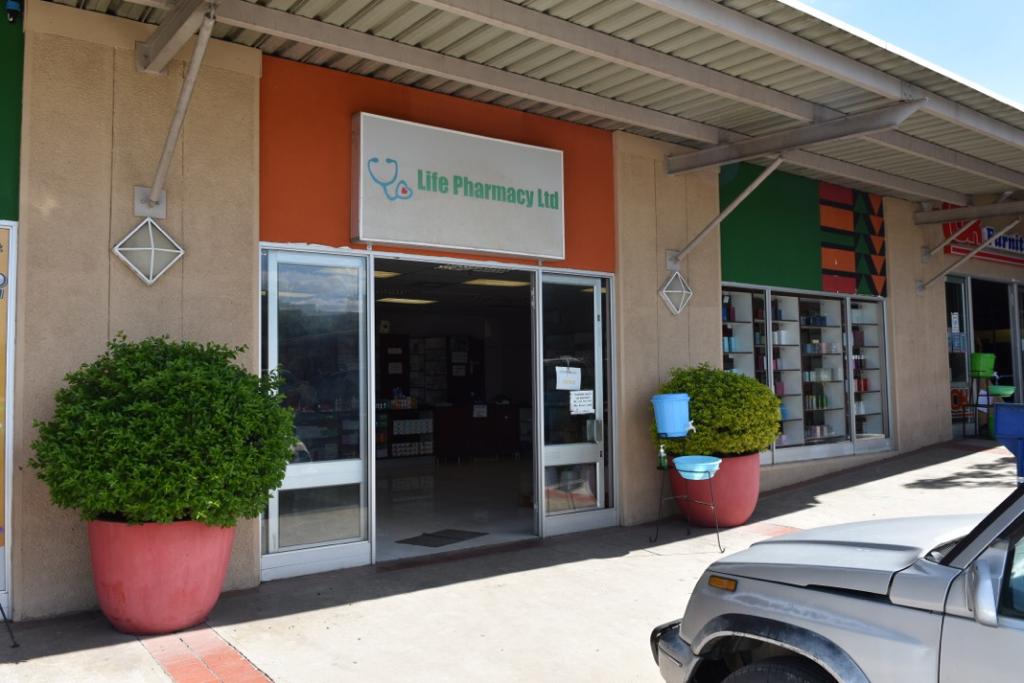Top 10 Key Tactics The pros Use For Pharmacy Newark
Introduction:
Pharmacy benefits play a crucial role in enhancing access to affordable medications, improving patient outcomes, and managing healthcare costs. This study aims to provide a detailed analysis of recent advancements in smile pharmacy benefits, focusing on key developments in the field and their implications for patients, healthcare providers, and payers.

- Evolution of Pharmacy Benefits:
Over the years, pharmacy benefits have evolved from simple prescription coverage to comprehensive programs that incorporate cost-management strategies, such as formulary management, prior authorization, step therapy, and medication therapy management. These strategies have proved effective in ensuring appropriate medication utilization, reducing adverse drug events, and controlling healthcare spending.
- Integration of Technology:
Advancements in technology have revolutionized pharmacy benefits management. The integration of electronic health records, mobile apps, and real-time claim processing has streamlined the process of medication dispensing, improving medication adherence and patient safety. Additionally, data analytics and predictive modeling tools have enabled payers to identify prescription drug misuse, monitor patient compliance, and customize interventions.
- Specialty Pharmacy Benefits:
The rising prevalence of complex and expensive therapies, such as biologics, has led to the emergence of specialty pharmacy benefits. These specialty pharmacies specialize in delivering and managing high-cost medications, providing services like patient education, adherence monitoring, and medication counseling. The inclusion of specialty pharmacy benefits has significantly improved access to these vital therapies for patients with chronic conditions, ensuring optimal treatment outcomes.
- Value-Based Pharmacy Benefits:
Value-based pharmacy benefits have gained traction as a means to align medication utilization with patient outcomes. These programs focus on ensuring patients receive medications that provide the highest value for their specific condition, considering both clinical effectiveness and cost. By integrating evidence-based medicine, comparative effectiveness research, and innovative pricing models, value-based pharmacy benefits strive to maximize therapeutic benefits while minimizing overall healthcare expenditure.
- Collaborative Care Models:
Effective collaboration among pharmacists, physicians, and other healthcare providers has proven to be critical in delivering optimal patient care. With advancements in pharmacy benefits, the introduction of collaborative care models has become increasingly prominent. These models involve close coordination between healthcare professionals, enabling comprehensive medication reviews, medication reconciliation, and the provision of clinical pharmacist services, ultimately leading to improved patient outcomes and reduced healthcare costs.
- Enhanced Patient Engagement:
Pharmacy benefits have also witnessed a paradigm shift in patient engagement approaches. Innovative initiatives, such as telepharmacy services, medication adherence programs, and patient education resources, enable active involvement of patients in their own care. These interventions foster medication compliance, empower patients to make informed decisions, and ultimately lead to better health outcomes.
 Conclusion:
Conclusion:
Pharmacy benefits have evolved significantly, driven by advancements in technology, specialty pharmacy services, value-based strategies, collaborative care models, and patient engagement initiatives. These developments have transformed the landscape of pharmacy benefits, improving patient access, safety, and outcomes, while also effectively managing healthcare costs. As the healthcare industry continues to adapt to changing needs, it is crucial to monitor and evaluate the impact and effectiveness of these advancements in order to further enhance the value and efficacy of pharmacy benefits.
